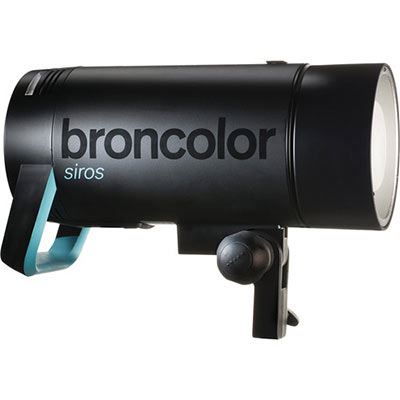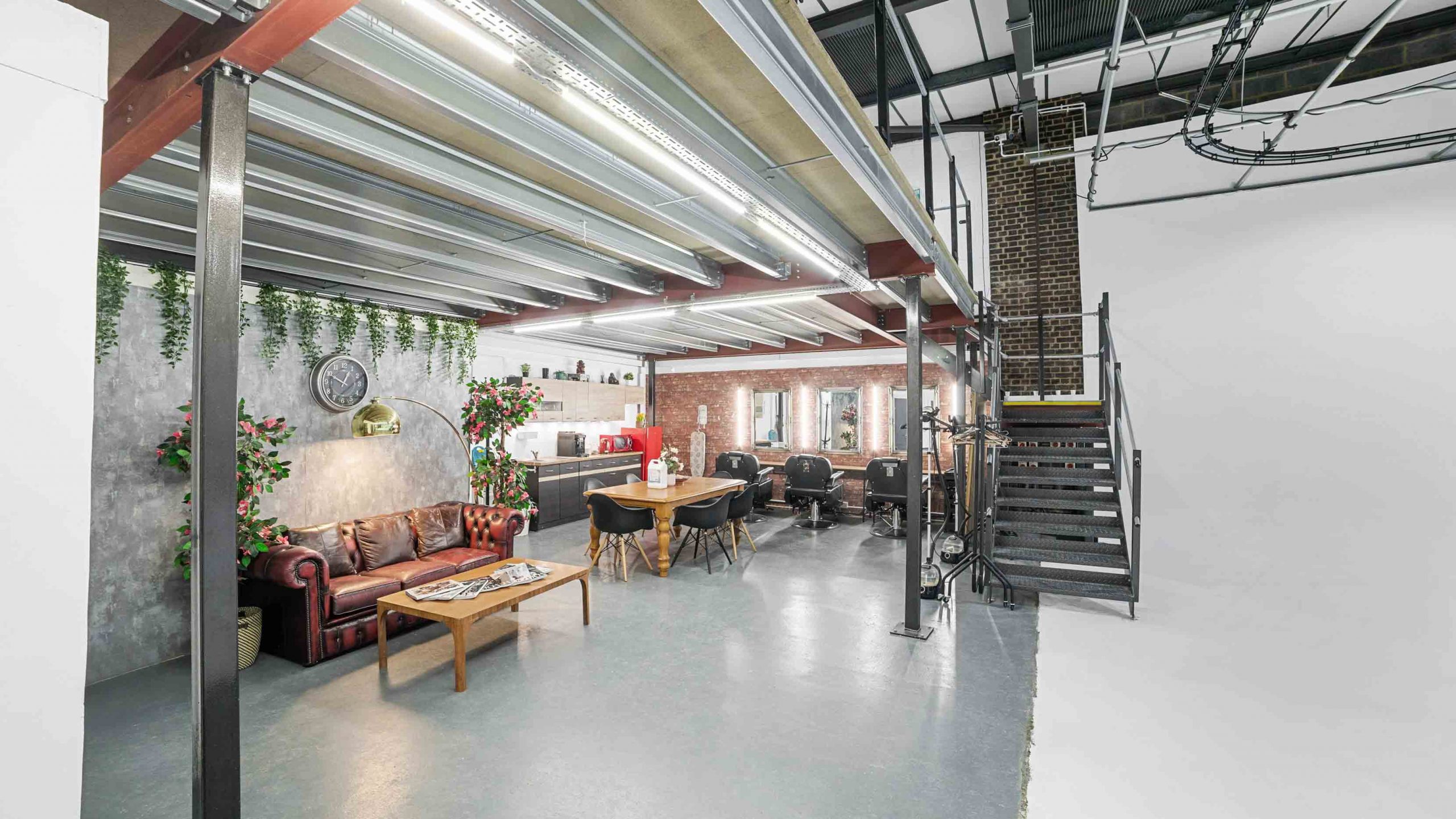What Does a Photography Studio Need?

The Ultimate Guide to Finding What a Photography Studio Need to Shoot Professional Photography
In the realm of photography, a well-equipped studio can be the difference between ordinary and extraordinary work. As professionals in the field, we understand that creating the perfect photography studio involves more than just a camera and a backdrop. It requires careful consideration of space, lighting, photography equipment, and the overall ambiance. This guide will explore the essential elements every photography studio needs to flourish, whether you are just starting or looking to upgrade your existing setup.
1. The Right Space: The Foundation of Your Studio

The first and foremost requirement for any photography studio is an adequate space. The size of your studio will directly impact the type of photography you can undertake. A larger space allows for versatility, enabling you to shoot anything from portraits to full-scale commercial projects. Here’s what to consider when choosing your space:
- Ceiling Height: A higher ceiling is advantageous as it provides more room for lighting setups and allows for the use of larger backdrops. Aim for a ceiling height of at least 12 feet.
- Natural Light: While artificial lighting is crucial, natural light can add a unique quality to your photos. Large windows with adjustable blinds or shades offer control over the natural light entering the studio.
- Acoustic Treatment: For those involved in video production or audio recording, soundproofing is essential. It ensures that external noise does not interfere with your work.
2. Lighting: The Backbone of Photography
Lighting is perhaps the most critical component of a photography studio. The way you manipulate light can dramatically alter the mood, tone, and quality of your images. A combination of natural and artificial lighting provides the most flexibility. Here’s what you need:
- Studio Strobes and Flashes: These are powerful light sources that allow for precise control over lighting. They are essential for professional studio photography, offering consistent and adjustable light output.

- Continuous Lighting: This type of lighting is always on, making it easier to see how light falls on your subject before you take the shot. It’s especially useful for video work.

- Softboxes and Umbrellas: These modifiers diffuse light, creating softer shadows and reducing harshness. They are indispensable for portrait and product photography.

- Reflectors: Reflectors are simple yet effective tools for bouncing light back onto your subject, filling in shadows and adding a natural glow.
3. Camera Equipment: The Heart of Your Studio
While lighting is crucial, your camera equipment is the heart of your studio. The right gear ensures that you can capture high-quality images with precision. Key equipment includes:
- Cameras: Investing in a high-quality DSLR or mirrorless camera is non-negotiable. These cameras offer superior image quality, flexibility in lens choices, and manual control over settings.
- Lenses: A selection of lenses is essential for different types of photography. A 50mm lens is ideal for portraits, while a wide-angle lens is perfect for capturing larger scenes. A macro lens is excellent for close-up shots, such as product photography.
- Tripods and Mounts: Stability is key in photography. A sturdy tripod ensures sharp images by preventing camera shake, especially in low-light conditions or long exposures.

- Remote Shutters: These are useful for avoiding camera shake when taking long exposures or group shots.
4. Backdrops and Props: Creating the Perfect Scene
A variety of backdrops and props can significantly enhance the versatility of your studio. These elements help in setting the scene and mood for your photos. Essential items include:
- Seamless Paper Backdrops: These are available in various colours and are perfect for creating a clean, professional look. White, black, and grey are staple colours that every studio should have.

- Fabric Backdrops: These offer texture and depth to your images, with materials like muslin, canvas, and velvet being popular choices.
- Props: Depending on the type of photography you specialise in, having a collection of props can add character to your images. For portrait photography, chairs, stools, and decorative items can make a significant difference.
- Backdrop Stands and Clamps: These are essential for holding your backdrops in place, ensuring a wrinkle-free and stable setup.
5. Editing Workstation: Perfecting the Final Image
Once the shoot is over, the real magic happens during the editing process. A professional-grade editing workstation is crucial for refining your images to perfection. Essential components include:
- High-Resolution Monitor: A monitor with accurate colour reproduction is vital. Look for monitors that cover a wide colour gamut, such as Adobe RGB, to ensure your colours are true to life.
- Powerful Computer: Editing software such as Adobe Photoshop and Lightroom can be resource-intensive. A computer with a fast processor, ample RAM, and a dedicated graphics card will ensure smooth performance.
- Colour Calibration Tools: Regular calibration of your monitor ensures that the colours you see on screen are accurate. This is essential for producing prints that match your digital edits.
- External Storage: High-resolution images and video files can quickly consume storage space. External hard drives or network-attached storage (NAS) systems provide ample space and backup options.
6. Studio Furniture: Comfort and Functionality
The comfort and functionality of your studio are enhanced by well-chosen furniture. This not only improves your workflow but also creates a welcoming environment for your clients. Consider the following:
- Comfortable Seating: Invest in ergonomic chairs for both yourself and your clients. Comfortable seating encourages a relaxed atmosphere, which is particularly important during long sessions.

- Work Tables and Desks: A spacious desk with enough room for your computer, monitor, and other equipment is essential. Adjustable height desks can add comfort and flexibility to your workspace.
- Storage Solutions: Keeping your studio organised is crucial. Shelving units, drawers, and cabinets help store equipment, props, and paperwork neatly.
7. Marketing and Client Management Tools
Beyond the physical setup, successful photography studios also rely on effective marketing and client management tools. These ensure that you not only attract clients but also manage your business efficiently. Key tools include:
- Portfolio Website: A well-designed website showcasing your best work is essential for attracting clients. Ensure it is easy to navigate, mobile-friendly, and optimised for search engines.
- Client Management Software: Tools like CRM (Customer Relationship Management) software help you manage client interactions, bookings, and follow-ups, ensuring a smooth client experience.
- Social Media Presence: Engaging with potential clients on platforms like Instagram, Facebook, and Pinterest can significantly boost your visibility. Regularly post your work, behind-the-scenes content, and client testimonials.
- Email Marketing: Build an email list and send out regular newsletters to keep in touch with past clients and attract new ones. Offer promotions, share success stories, and provide useful tips to keep your audience engaged.
8. Legal and Insurance Considerations
Running a photography studio also involves important legal and insurance considerations. Ensuring that your business is protected will save you from potential headaches down the line. Here’s what to keep in mind:
- Business Insurance: Protect your equipment, studio space, and yourself with comprehensive business insurance. This should include public liability, professional indemnity, and property insurance.
- Contracts and Agreements: Always use contracts when engaging with clients. Clearly outline the terms of service, payment schedules, and copyright issues to avoid disputes.
- Copyright and Licensing: Understand your rights as a photographer and how to protect your work. Licensing your images can be an additional revenue stream, so make sure you’re informed about the legalities.
Conclusion
Creating a successful photography studio requires more than just the basics. From the right space to the best equipment and effective client management, every detail plays a crucial role in building a studio that stands out. By investing in the right tools and creating a professional and comfortable environment, you can ensure that your studio not only meets but exceeds client expectations.
Frequently Asked Questions (FAQ)
1. What is the ideal size for a photography studio?
The ideal size for a photography studio depends on the type of photography you plan to do. However, a larger space is generally more versatile. For portrait photography, a space of around 500-2000 square feet is often sufficient. For more extensive work, such as commercial shoots, a larger studio with high ceilings (at least 12 feet) is recommended.
2. Why is ceiling height important in a photography studio?
A higher ceiling allows for more flexible lighting setups and the use of larger backdrops. It also provides the ability to position lights above the subject without casting unwanted shadows, which is particularly important in professional studio photography.
3. What kind of lighting is essential for a photography studio?
A photography studio typically requires a mix of natural and artificial lighting. Essential artificial lighting includes studio strobes and flashes, continuous lighting, softboxes, umbrellas, and reflectors. These tools allow you to control light precisely, which is crucial for achieving the desired effects in your photos.
4. What camera equipment is necessary for a photography studio?
Key camera equipment includes a high-quality DSLR or mirrorless camera, a range of lenses (such as a 50mm for portraits and a wide-angle lens for larger scenes), tripods for stability, and remote shutters to avoid camera shake. These tools are essential for capturing high-quality images in various settings.
5. Why are backdrops and props important in a studio?
Backdrops and props help create different scenes and moods in your photography. Seamless paper and fabric backdrops offer versatility, while props can add character and context to your photos, making them more engaging and professional.
6. What should be included in a photography studio’s editing workstation?
An editing workstation should include a high-resolution monitor with accurate colour reproduction, a powerful computer with sufficient RAM and processing power, colour calibration tools to ensure colour accuracy, and external storage for backing up high-resolution images and video files.
7. How can I make my photography studio more comfortable for clients?
Comfortable seating, ergonomic furniture, and a well-organised space contribute to a welcoming environment. Ensure that your studio is clean, well-lit, and has a relaxed atmosphere to make clients feel at ease during shoots.
8. What marketing tools are essential for a photography studio?
A strong online presence is crucial. This includes a professional portfolio website, active social media profiles, client management software to handle bookings and communications, and email marketing to engage with clients and promote your services.
9. What legal considerations should I be aware of when running a photography studio?
Legal considerations include obtaining business insurance (covering public liability, professional indemnity, and property), using contracts to outline terms with clients, and understanding copyright and licensing to protect your work and generate additional revenue.
10. How important is natural light in a photography studio?
Natural light can add a unique quality to photos, offering a softer and more natural look compared to artificial light. Large windows with adjustable blinds are ideal, as they allow you to control the amount of natural light in the studio.
These FAQs address some of the most common questions about setting up and managing a photography studio, providing clarity on the essential aspects to consider.
If you’re looking for the best photography studio, Cineview Studios stands out as the premier choice. With state-of-the-art equipment, a spacious and well-designed environment, and a commitment to excellence, Cineview Studios offers everything you need to create stunning images. Whether you’re a professional photographer or someone seeking high-quality photography services, Cineview Studios provides the perfect setting to achieve outstanding results.